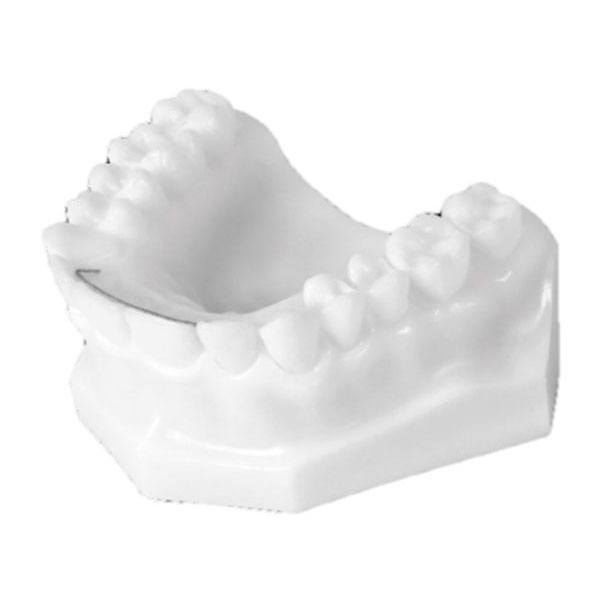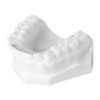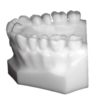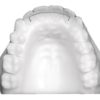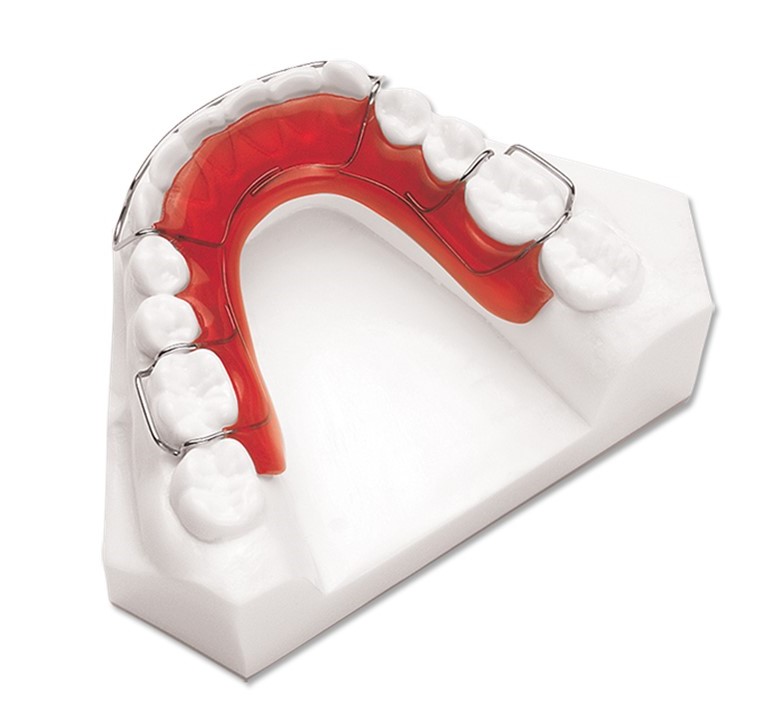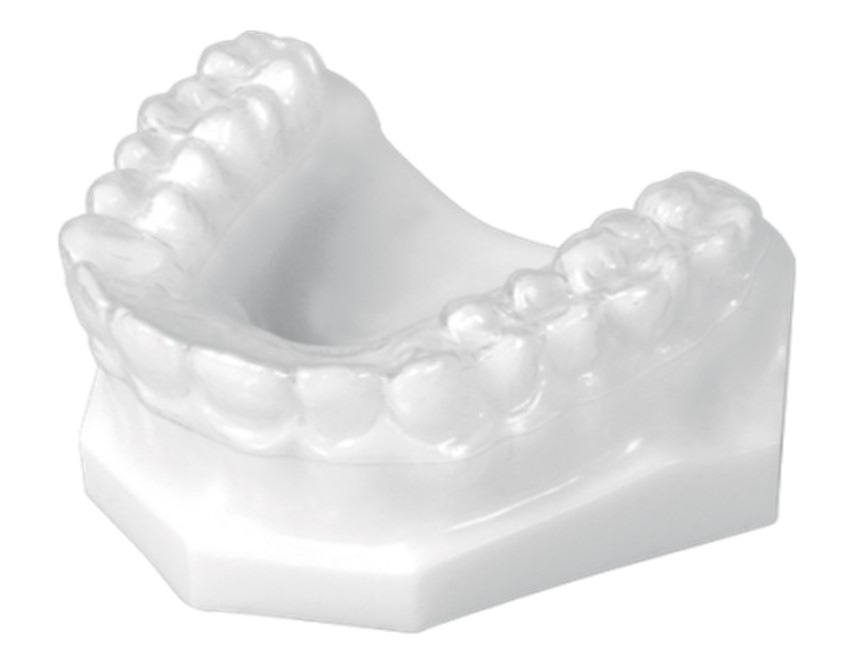Description
Treatment & Care
After we get our braces off, and the orthodontist told us the retainer will be bonded to our teeth, the immediate question we will have is Aren’t retainers supposed to be removable? We can understand the confusion: Given that our braces were bonded to our teeth, we may well be wondering how a non-removable retainer will be different. So first of all, we want to assure you that wearing a bonded (or "fixed") retainer is nothing like wearing braces.
Although there are many different types of retainers, they can be divided into two basic categories: removable and non-removable. The non-removable kind is bonded to the back of the teeth with a dental composite material that is hardened with a special curing light and is very strong. Only a dentist can remove this type of retainer. The process of bonding a retainer takes only a few minutes.
The advantage of a bonded retainer is that compliance is not an issue: There is no doubt we will wear it because it can’t be taken out. Also, as mentioned before, there is no cosmetic issue because it is hidden behind our teeth. A bonded retainer will be recommended in situations where there is a significant potential for the teeth to move back out of alignment: when a gap between the front teeth has been closed.
The most important aspect of permanent retainer maintenance is NEVER missing a single professional teeth cleaning! Not only is this time vital for your dental hygienist to give you the proper instructions on
cleaning and caring for your permanent retainer; it is also the time that he or she removes the hard- bacterial buildup that has accumulated in between visits. Staying on track with consistent professional
teeth cleanings keeps the bacteria at bay. Missing a cleaning allows the amount of buildup to increase so much that your next cleaning can be long and even a little uncomfortable. The inflammation that builds up in response to an overgrowth of bacteria can cause the gums to be tender, which makes them sore when you floss. Do not miss these cleanings!
Materials
The retainers may consist of a single or multistranded wire, usually a 0.0215 inch multistranded wire or 0.030-0.032-inch sandblasted round stainless-steel wire or a reinforced fiber. Most wire retainers are of the multistranded type and bonded to every tooth using acid-etch composite bonding techniques.Occasionally, a wire-bonded canine-to-canine may be used.


